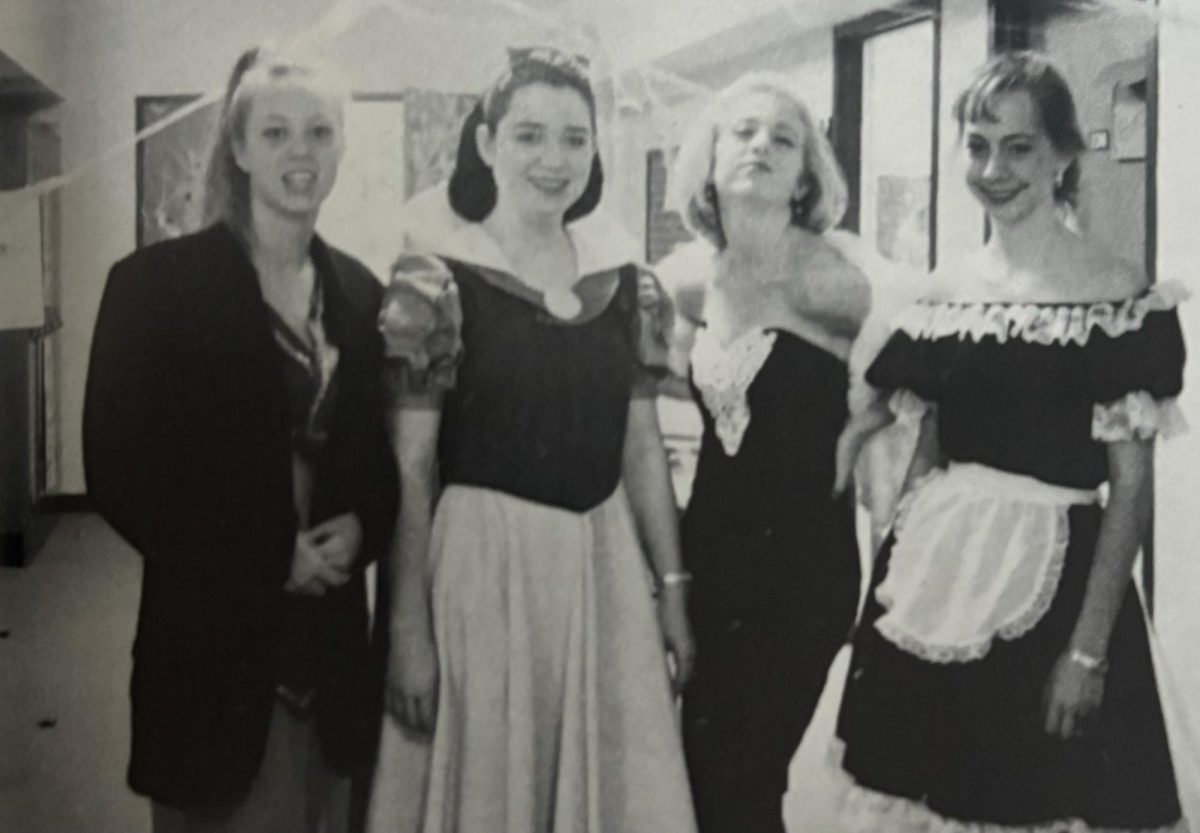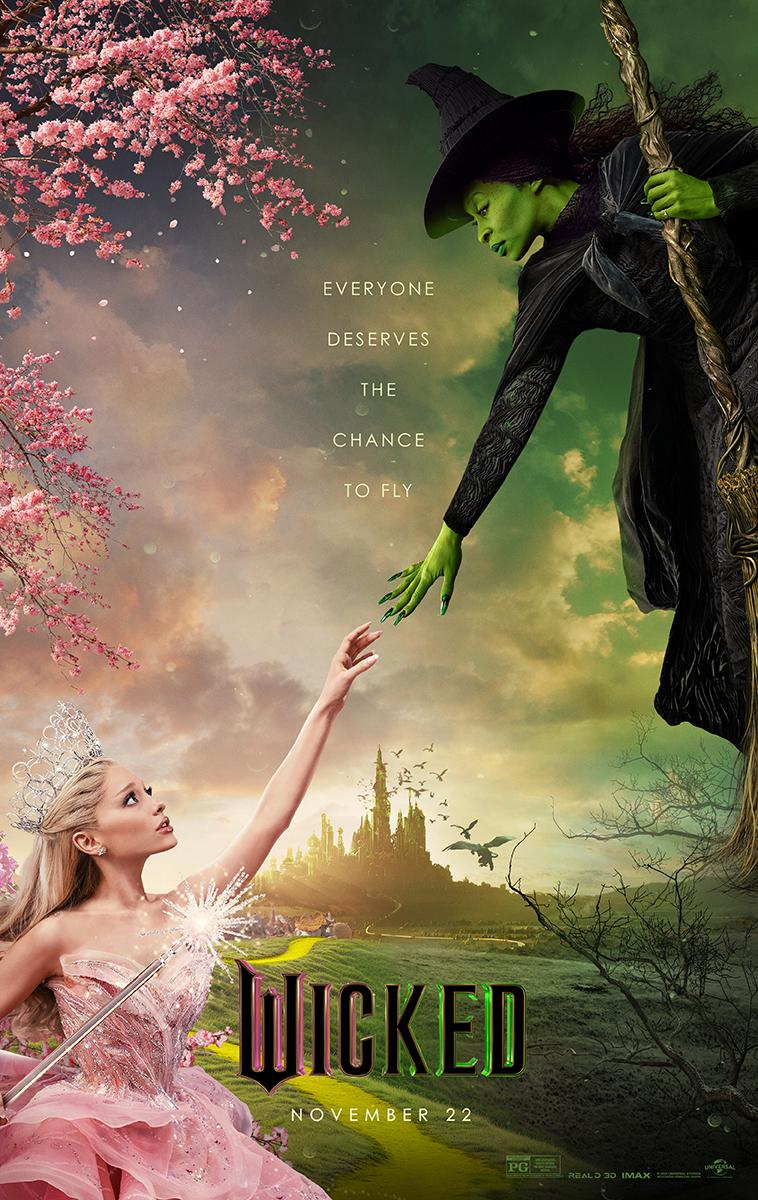In the midst of America’s urban sprawl, another force set to work. It is a force built upon hope for a better future, nostalgia for a simpler past and an uncanny fondness for facial hair.
Those behind it are the antithesis to the mass homogenization of urban society, champions of a freer world, guardians of art and intellectualism. You may know them more simply, as hipsters.
Over the past decade, hipster culture has permeated America’s youth. At its heart, the message is a positive one. But in practice, it soon became superficial, based more in well-groomed moustaches and flannel T-shirts than in a psychological state of being—one of retrospection, introspection and patience.
Hipster culture entered the mainstream and sloughed its philosophical essence for an empty image. In short, it became a product to be marketed and sold for ridiculous sums of money.
But there was something noble in the hipster’s cause—more, perhaps, in what it lost than what is has become—something that deserves to be remembered. Somewhere beyond the thick-rimmed glasses was an appreciation for beauty and a deep awareness of process. These are the sort of things that change a person’s life.
Almost four years ago, after 14 years of living in the immaculate bubble that is Highland Park, I moved to a 75-acre patch of farmland in the middle of Plano.
By that time, Collinwood Farm had seen a Civil War, the construction of the first Transcontinental Railroad, the first Transatlantic telegraph cable, even the publishing of Dickens’s Great Expectations. It had been in my family long enough to have belonged to relatives I never knew existed.
It should come as little surprise, then, that—like everything else that is old in Plano—it peaked the interests of a whole hoard of urban developers. For years, like suitors flocking to Penelope, they approached us with offers and were, time after time, politely turned away.
But this time, there would be no Odysseus. The land rested in the hungry mouth of a rapidly growing suburbia. It was only a matter of time before the City of Plano proposed the deal that would seal the farm’s inevitable fate.
These businessmen did not see the beauty of the farm (nor did they realize the mother load of Instagram fame just waiting to be had from it). Instead, their eyes were on the great stores of money that might be made in cramming as many houses as possible onto it.
The city claimed the rights of Eminent Domain: since the farm was within the bounds of Plano, this law gave them the right to repossess and repurpose the land as they saw fit. They would offer us a financial settlement based on what they deemed Fair Market value, and the case would be closed.
Before resigning, however, my mother negotiated a deal that would grant us up to five years on the farm—time enough to see my parents through to an empty nest.
And so began our lives as farmers, the flesh-and-bone embodiment of every hipster’s fantasy.
It began with sheep, two Southdowns slated for the dinner plate. I promised them life in return for an annual supply of wool. Out of symbiosis would eventually come subsistence.
I invested in a spinning wheel and taught myself how to make yarn. I researched every step—from shearing, to skirting, to washing, to carding, to dyeing, to spinning and, finally, to plying the yarn.
We adopted a brood of hens and harvested eggs for our meals. We raised a garden from the dirt and opened our doors to the community.
And as a result of this process, I was changed. Deeply, psychologically changed. It is process that gives everything in life meaning. And it is exactly that with which we have lost touch in today’s world, where yarn comes stacked in tidy bundles on plastic racks and food comes shrink-wrapped and lined up neatly on grocery shelves.
There is nothing inherently evil in urbanization. But steeped in the hustle and bustle of city life, without a culture to remind us to slow down, it can be all too easy to forget the latent beauty in the world around us.
-Annabel




